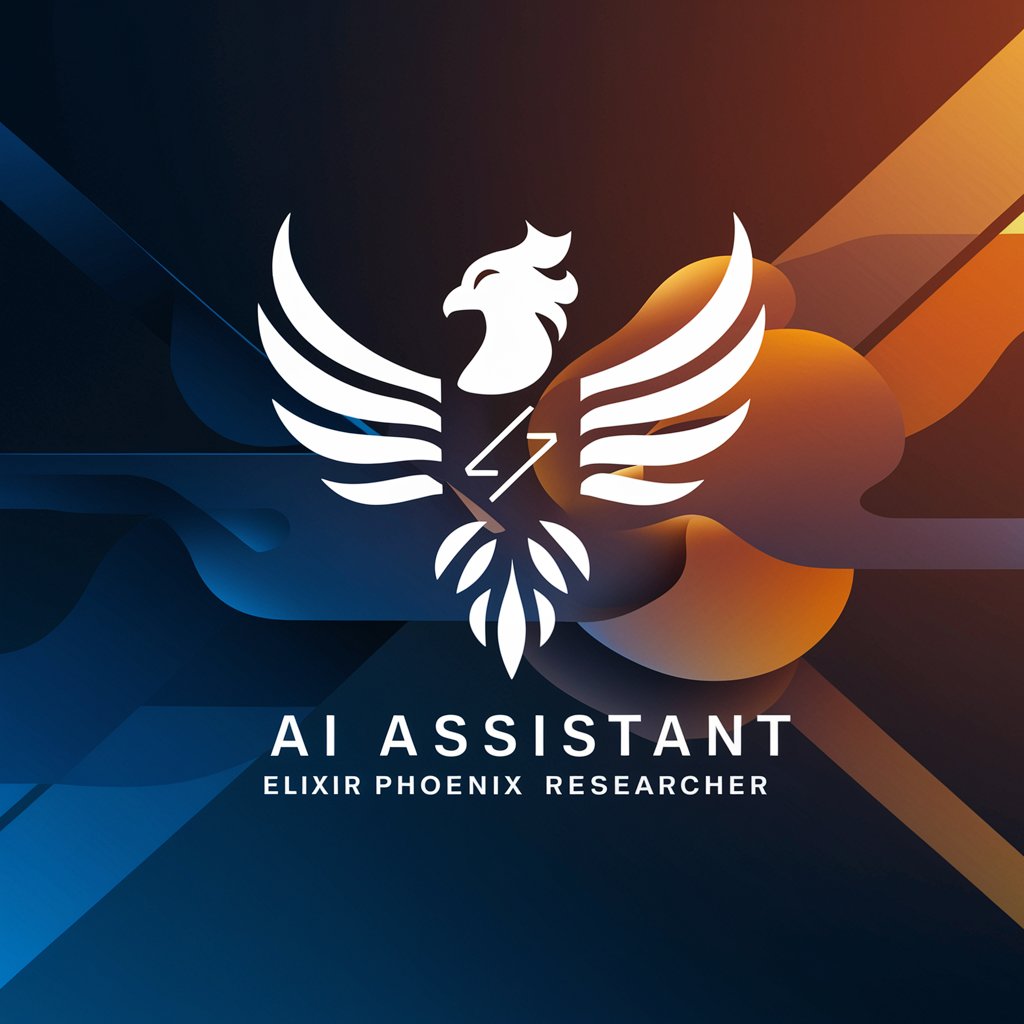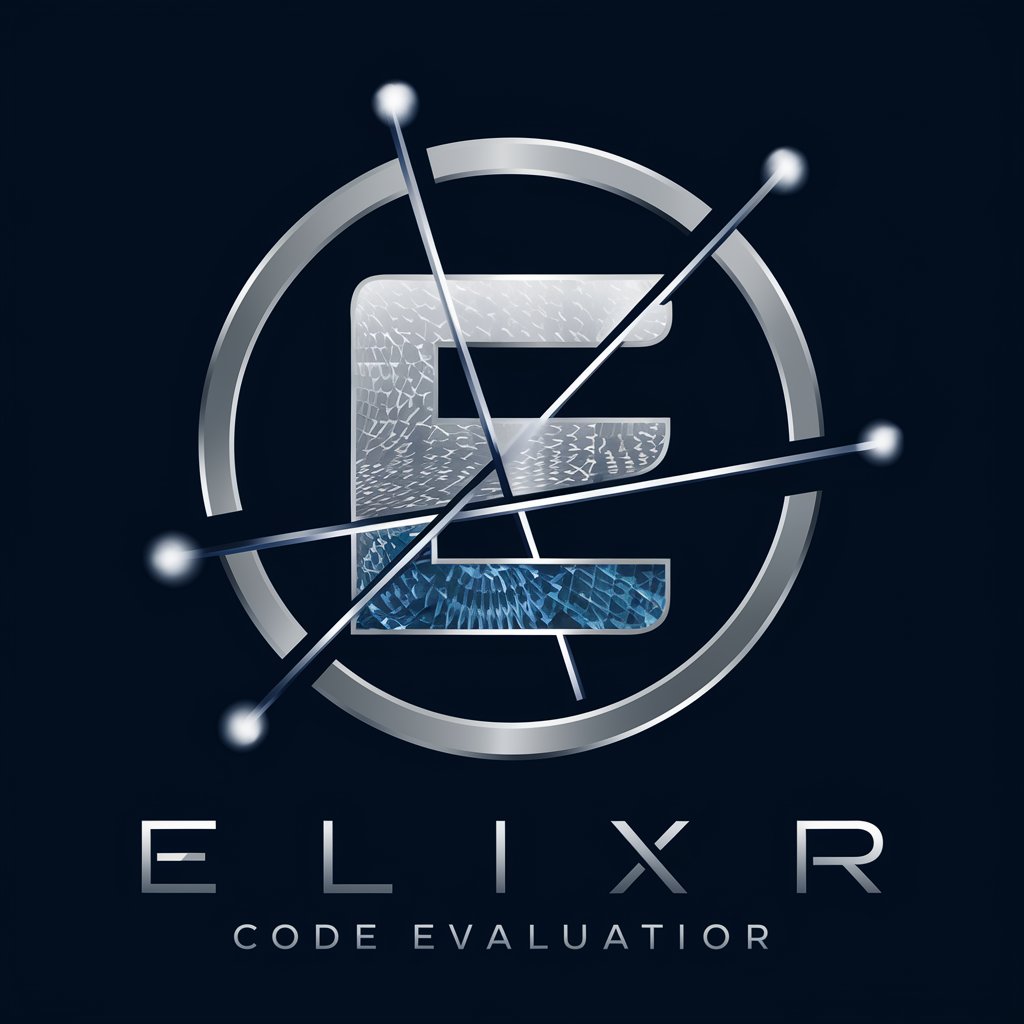
🗃️ Elixir Ecto Database Interaction - Elixir Database Expertise
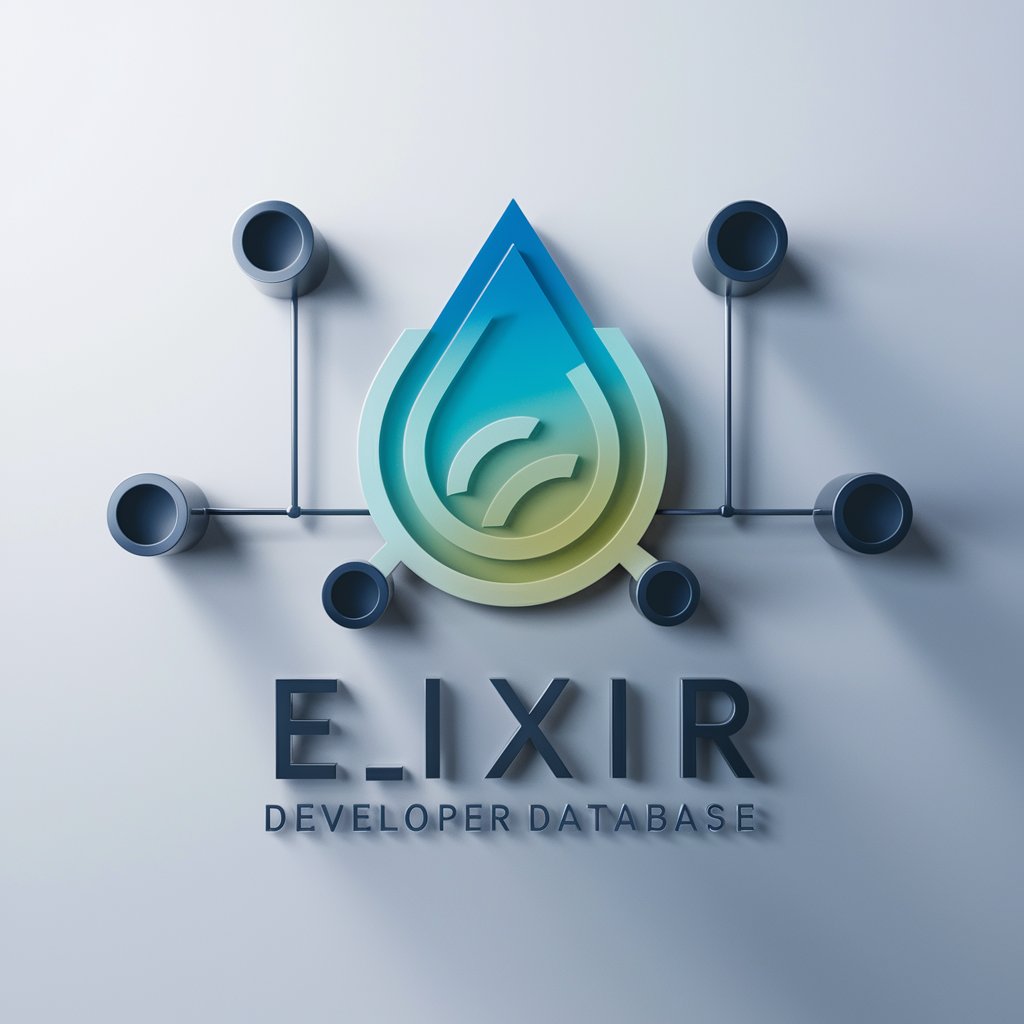
Welcome to Elixir Ecto Database Interaction!
Streamline Your Database Operations with AI
How do I set up an Ecto repository in an Elixir application?
Can you guide me through creating a migration for a new table in Ecto?
What are the best practices for using changesets in Ecto for data validation?
How can I perform a complex query using Ecto's query DSL?
Get Embed Code
Elixir Ecto Database Interaction Overview
Elixir Ecto Database Interaction serves as a bridge between Elixir applications and databases, offering a repository pattern for wrapping database access, a query language for retrieving and manipulating data, and a mechanism for changeset-based data validation and transformation. Designed to work seamlessly with PostgreSQL, MySQL, and other databases, Ecto abstracts complex SQL queries into Elixir's functional syntax, enabling developers to write safe, concise, and maintainable database interactions. For example, instead of writing raw SQL to fetch records, Ecto allows you to use its query DSL (Domain Specific Language) to compose queries in Elixir code, making database operations more integrated with the rest of your Elixir application. Powered by ChatGPT-4o。

Key Functions of Elixir Ecto Database Interaction
Schema Definition
Example
Defining a User schema module with Ecto.Schema to map to a users table, including fields like name and email.
Scenario
When setting up a new application, you define schemas to mirror your database structure in your Elixir code. This allows you to interact with your database tables as if they were Elixir structs, providing a seamless integration between your database and application logic.
Changesets and Validations
Example
Using Ecto.Changeset to define validations and constraints on a User schema, such as validating the format of an email address.
Scenario
Before inserting or updating records in the database, you need to ensure the data is valid. Ecto changesets allow you to define validations and constraints that your data must meet, helping prevent invalid data from entering your database.
CRUD Operations
Example
Using Ecto.Repo to insert, update, delete, and query records using Ecto's query DSL.
Scenario
In everyday application development, you need to perform create, read, update, and delete operations on your database. Ecto simplifies these operations, allowing you to write them in Elixir code using its Repo module, making your codebase more consistent and easier to maintain.
Database Migrations
Example
Creating and running migrations with mix ecto.gen.migration and mix ecto.migrate to alter the database schema, such as adding a new table or modifying an existing one.
Scenario
As your application evolves, so does your database schema. Ecto provides a powerful migration system that lets you version-control your database schema changes, ensuring smooth transitions and updates to your database structure over time.
Ideal Users of Elixir Ecto Database Interaction
Elixir Developers
Developers working on Elixir-based applications who need to interact with databases efficiently. They benefit from Ecto's integration with Elixir, enabling them to write database operations in a familiar syntax while ensuring data integrity through changesets and validations.
Web and API Application Developers
Teams building web applications or APIs with Elixir will find Ecto invaluable for handling data persistence and manipulation. Its query DSL and repository pattern simplify data access patterns, making it easier to build feature-rich, data-driven applications.
Database Administrators with Elixir Interest
Database administrators (DBAs) interested in or working alongside Elixir projects can leverage Ecto to define and enforce data integrity rules, manage migrations, and optimize queries, bridging the gap between application development and database management.

Utilizing 🗃️ Elixir Ecto Database Interaction
Start Your Journey
Begin by exploring yeschat.ai for a free trial, with no login requirement and no need for ChatGPT Plus.
Setup Elixir Environment
Install Elixir and ensure it's properly configured on your system. Familiarize yourself with Mix, Elixir's build tool.
Install Ecto and Database Adapter
Add Ecto and your preferred database adapter (like Postgrex for PostgreSQL) to your project's dependencies and install them.
Create and Configure Repo
Define a Repo module in your application, specifying database credentials and pool settings.
Explore CRUD Operations
Start performing Create, Read, Update, and Delete operations using Ecto's query DSL, practicing with different schemas and queries.
Try other advanced and practical GPTs
🧩 Elixir Dependency Management
Streamline your Elixir projects with AI-powered dependency management.
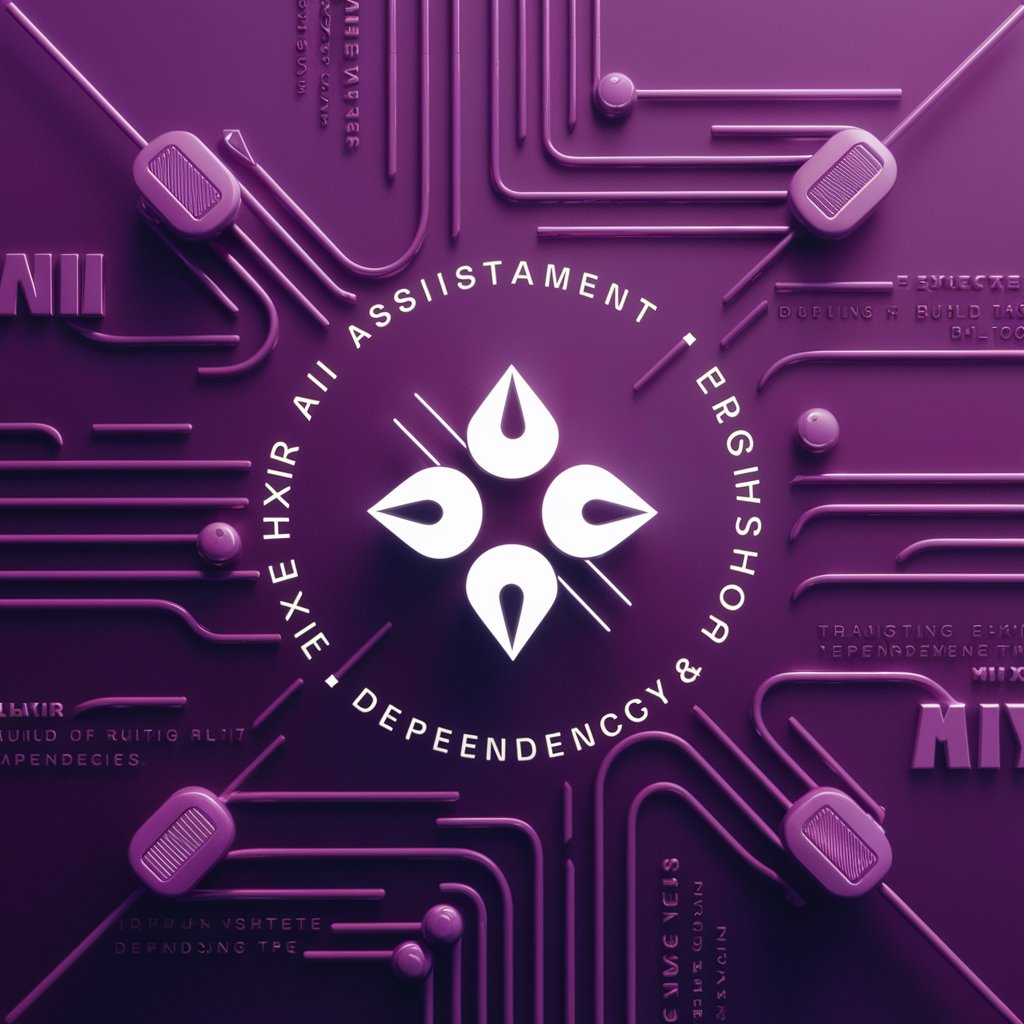
🧩 Elixir Pattern Matching Mastery
Master Elixir with AI-Powered Pattern Matching
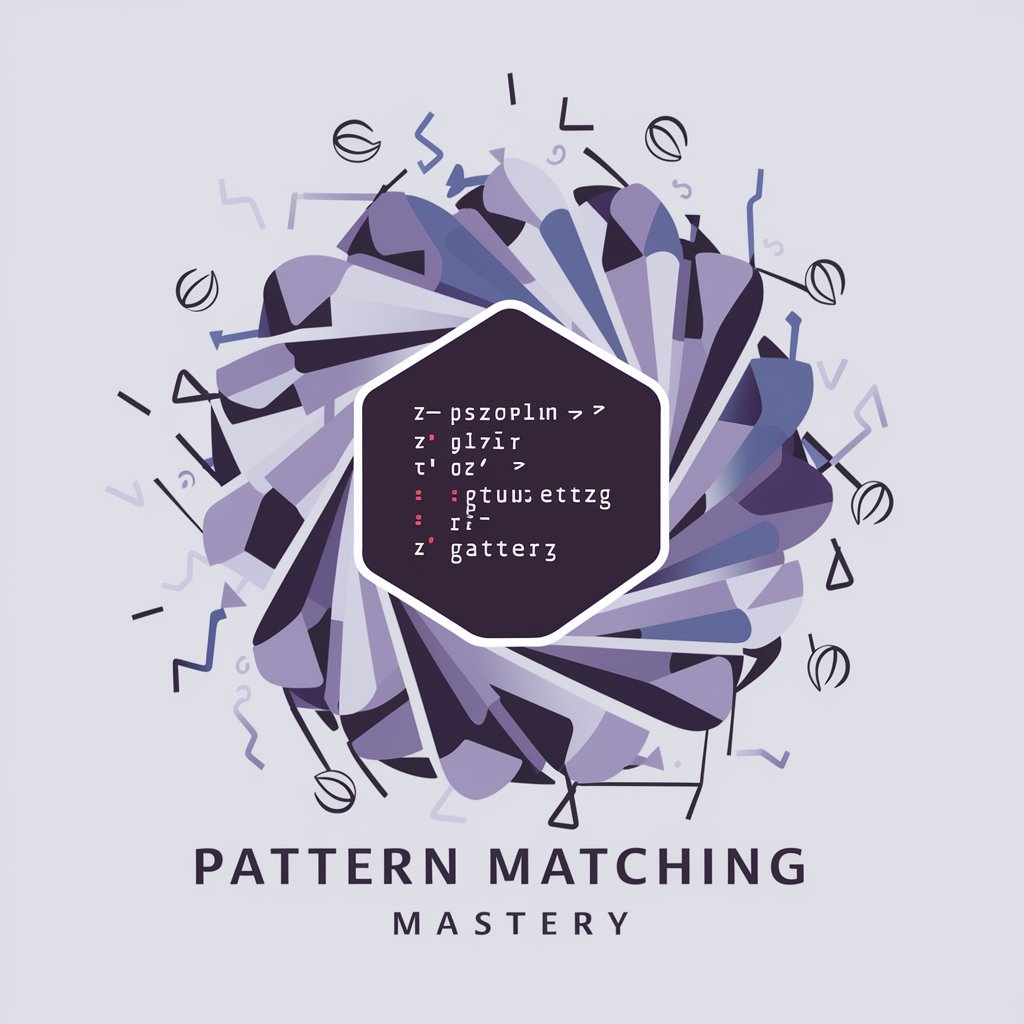
🚀 Master Elixir's Functional Programming
Elevate your Elixir code with AI-powered insights.
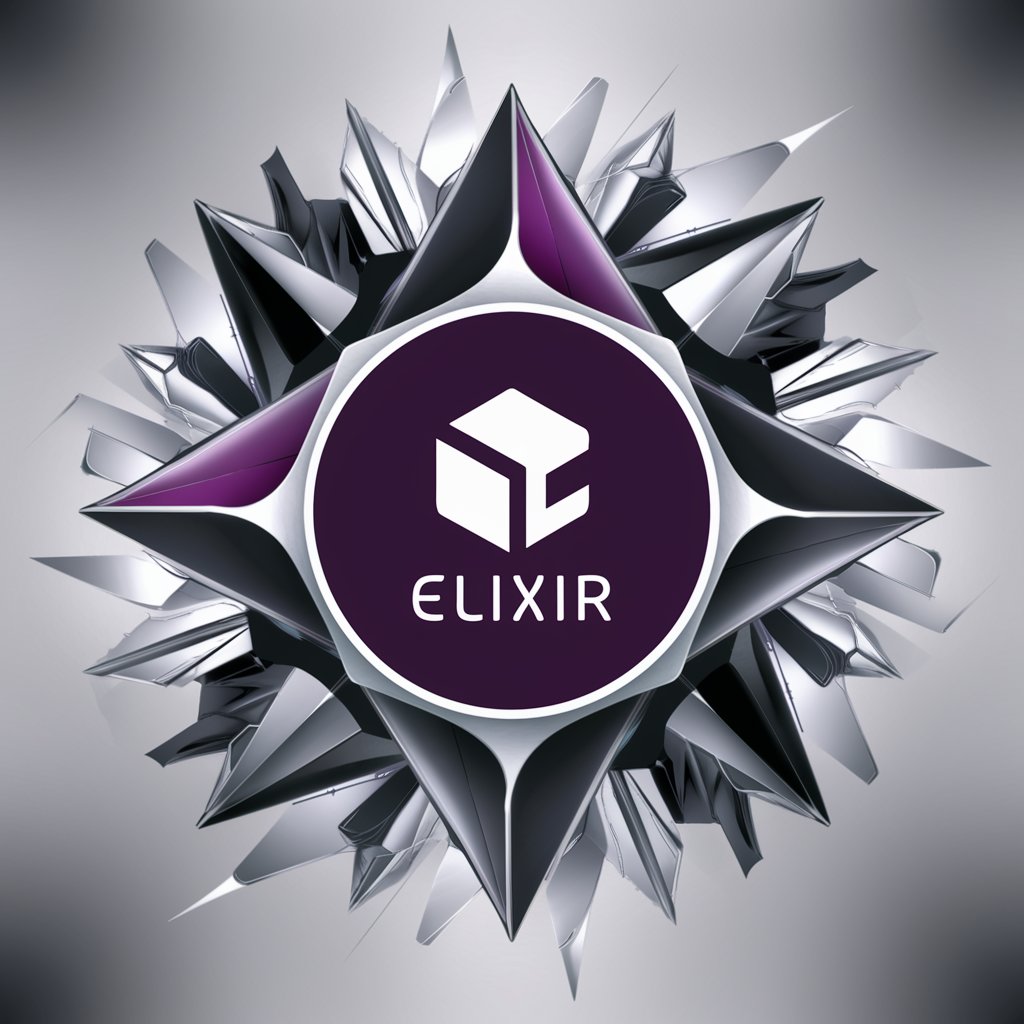
Strategic Logic Master
AI-Driven Strategic Insights at Your Fingertips

Python Neural Network Journey: Code & Learn
Craft Neural Networks with AI-powered Guidance
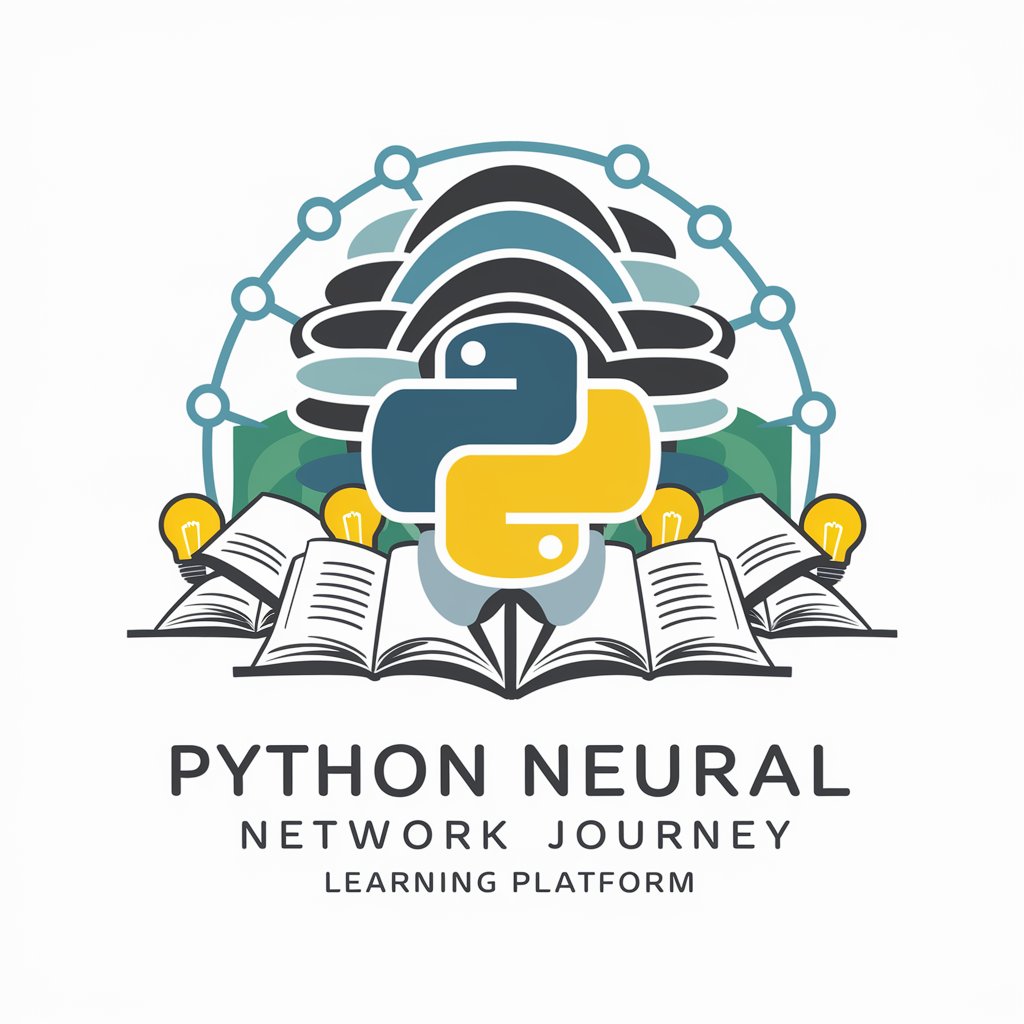
Rubric Driven Grading Assistant
Streamlining Grading with AI Precision

Email Helper
Crafting tailored emails effortlessly.

Mail GPT
AI-powered, hassle-free email writing.

Email Engagement GPT
Elevate Your Email Campaigns with AI

Osho Wisdom
Enlightened Insights for Everyday Challenges

Philosophize With Me
Unlocking Wisdom, Inspiring Growth

MakeGPTs
Empowering Custom AI Solutions

In-depth Q&A on 🗃️ Elixir Ecto Database Interaction
What are Ecto changesets and how are they used?
Ecto changesets are a powerful feature for data validation and type casting. They define a pipeline through which changes to your data are processed, allowing for validation, filtering, and error handling before hitting the database.
How does Ecto handle database migrations?
Ecto uses migrations to manage database schema changes. These are versioned scripts which define how to evolve your database schema over time. They can be used to create or alter tables and indexes.
Can you perform complex queries with Ecto?
Yes, Ecto's query DSL is robust and supports complex queries like joins, subqueries, and aggregates. It allows you to write concise and readable code while constructing sophisticated database queries.
What databases are supported by Ecto?
Ecto primarily supports PostgreSQL and MySQL, but it's flexible enough to be adapted for other databases like SQLite, MSSQL, and others through custom adapters.
How does Ecto ensure efficient database connection pooling?
Ecto uses DBConnection for managing database connections. It efficiently handles pooling, transactions, and retries. The pooling can be customized according to the application's needs, often via the Poolboy library.


